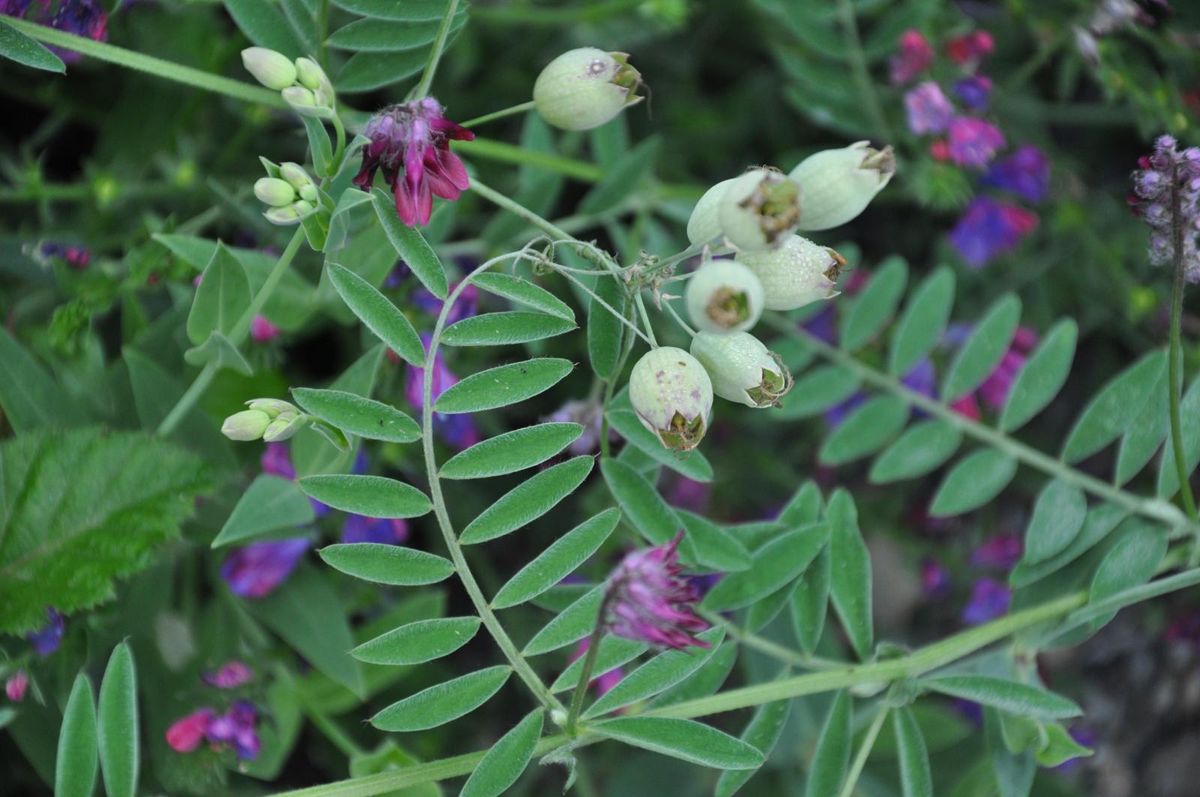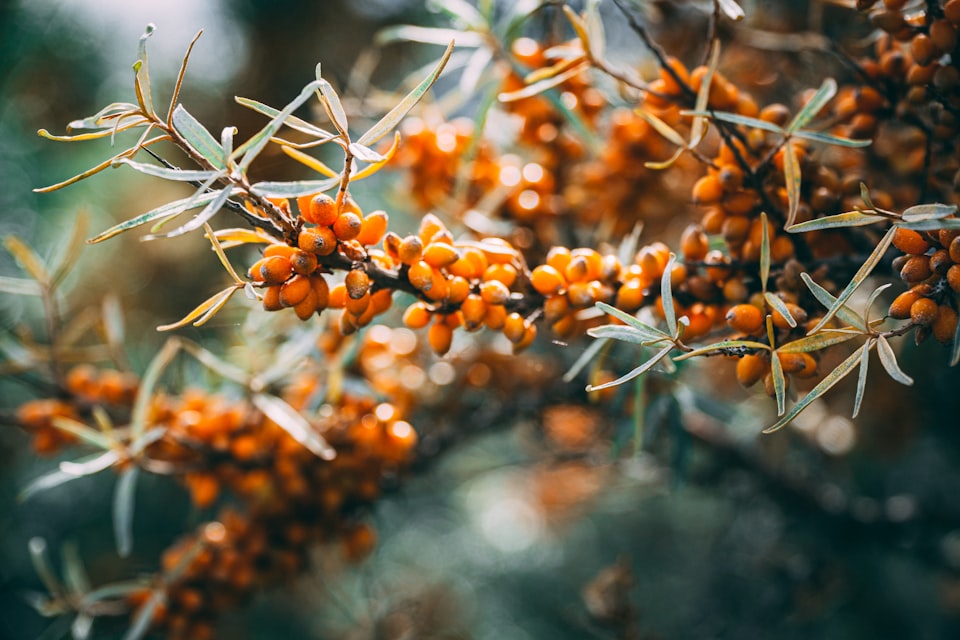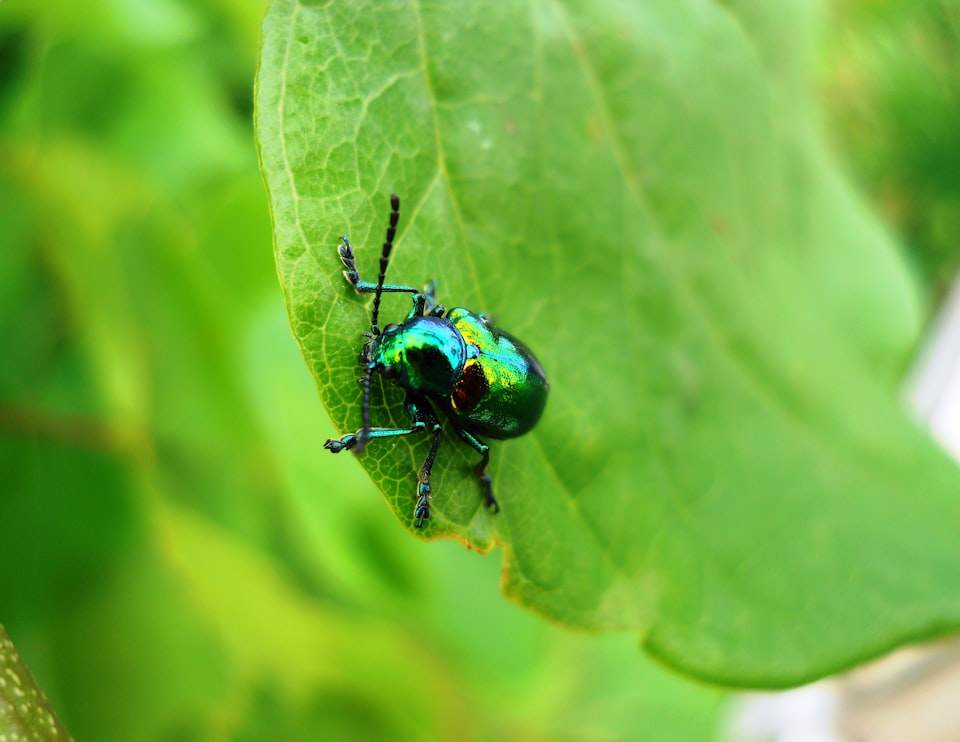VIII: Vetch
The two types of vetch people in the world.

Good morning. Today is octidi, the 28th of Messidor, Year CCXXXI. We celebrate le vesce, the ancestor of beans and lentils and peas.
💡
Before we get to tomorrow's wheat, we have to sift out the tare. This species, Lolium temulentum, is also known as false wheat for its propensity to grow among wheat fields, and is sometimes assigned to this day instead of vetch as people in d'Eglantine's day did not distinguish much between vetch and tare, both being notorious wheat field invaders. Vetch is merely unpleasant (bitter) and associated with animal fodder and food for the poor. Tare, on the other hand, is potentially deadly, with an intoxicating chemistry that leaves one feeling drunk before feeling dead (which explains the more specific French word, ivraie, meaning "drunk"). Thus, prior to automatic sorters and more intensive crop separation, removing the tare from the wheat was an essential part of the harvest. This is why the weight of a container is removed on a scale by pressing the "tare" button.
This is a tale of two vetches. One, bitter vetch, is among the first crops ever cultivated by human beings, and formed a backstop of diet for impoverished farmers during times of drought or famine (at least until the introduction of the potato from the Americas). The other, common vetch, is one of the most grown and important crops in the world even though it's toxic to humans because it's so effective at fattening up livestock.



